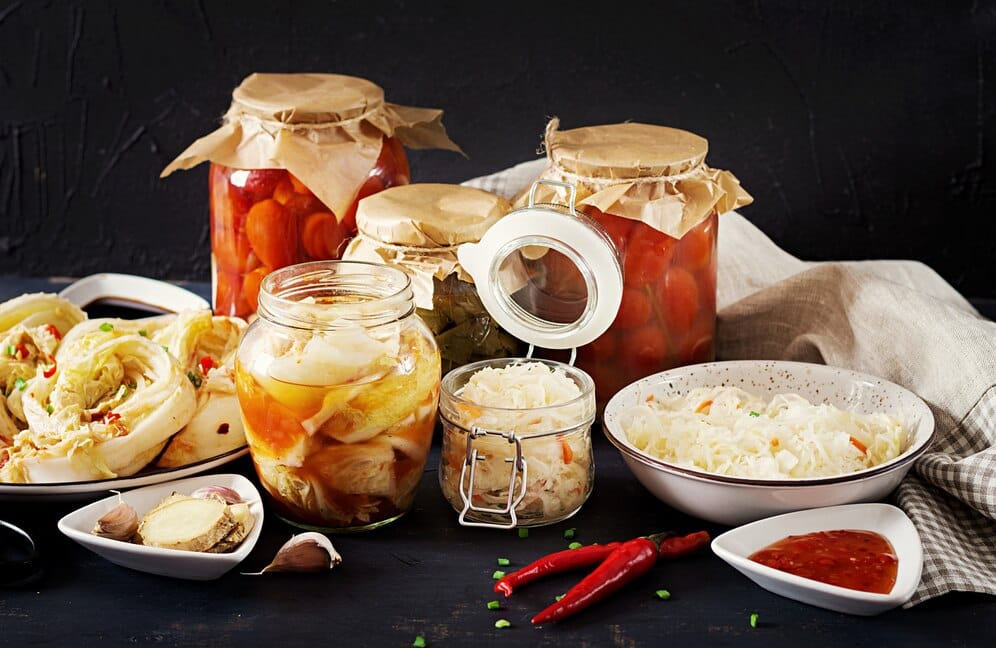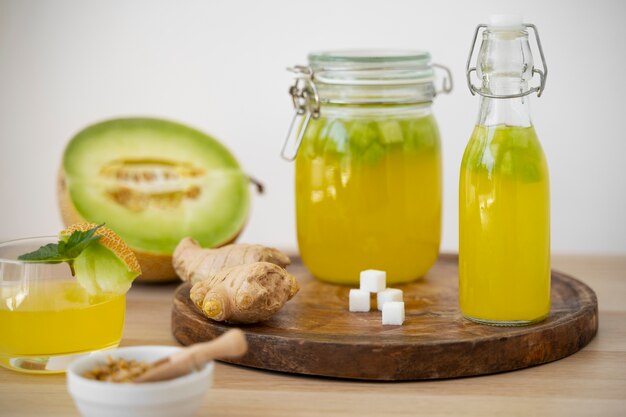Culinary Chemistry: The Science Behind Delicious Dishes
Delve into the fascinating world of culinary chemistry and uncover the scientific principles that underpin the creation of delicious dishes. Explore the role of heat, acidity, emulsification, and other chemical processes in transforming ingredients into culinary masterpieces.

Introduction

Culinary chemistry is the art and science of transforming raw ingredients into delectable dishes through the application of chemical principles and techniques. From the Maillard reaction to emulsification and caramelization, understanding the chemical processes at work in the kitchen is essential for mastering the culinary arts. In this article, we'll explore the fascinating world of culinary chemistry, uncovering the scientific secrets behind the creation of delicious dishes.
The Role of Heat in Cooking
Maillard Reaction
The Maillard reaction is a chemical process that occurs when proteins and sugars are exposed to heat, resulting in the browning and flavor development of food. From searing steaks to baking bread, the Maillard reaction is responsible for creating the rich aromas and complex flavors that characterize many cooked foods.
Caramelization
Caramelization occurs when sugars are heated to high temperatures, causing them to break down and form new compounds that impart a sweet, nutty flavor and golden color to foods. From caramelized onions to crispy brûléed desserts, caramelization adds depth and richness to a wide range of dishes.
The Role of Acidity and pH
Acid-Base Reactions
Acidity plays a crucial role in culinary chemistry, influencing the taste, texture, and appearance of foods. Acidic ingredients such as vinegar, citrus juice, and wine can balance flavors, tenderize meats, and act as preservatives. Acid-base reactions also play a role in leavening baked goods, as seen in the use of baking soda and vinegar in quick breads and cakes.
pH and Texture
pH levels can affect the texture and structure of foods, influencing factors such as gelation, coagulation, and emulsification. For example, in cheese making, pH levels determine the formation of curds and whey, while in baking, pH levels affect the rise and crumb of bread.
The Role of Emulsification
Emulsions
Emulsions are stable mixtures of two or more immiscible liquids, such as oil and water, held together by emulsifiers. In culinary chemistry, emulsions play a crucial role in creating creamy sauces, dressings, and mayonnaises. By dispersing fat molecules evenly throughout a water-based solution, emulsifiers prevent separation and create a smooth, uniform texture.
Techniques for Emulsification
Common techniques for emulsifying ingredients include whisking, blending, and using mechanical emulsifiers such as egg yolks and mustard. By incorporating air bubbles and breaking down fat droplets into smaller particles, these techniques create stable emulsions that enhance the mouthfeel and flavor of dishes.
The Role of Fermentation
Fermentation
Fermentation is a metabolic process in which microorganisms such as yeast and bacteria convert sugars into acids, gases, and alcohol. In culinary chemistry, fermentation is used to leaven bread, produce alcoholic beverages, and preserve foods such as pickles, sauerkraut, and yogurt. Fermented foods often boast complex flavors and unique nutritional benefits, thanks to the action of beneficial bacteria and enzymes.
Flavor Development
During fermentation, microorganisms produce a variety of flavor compounds, including alcohols, esters, and organic acids, that contribute to the characteristic taste and aroma of fermented foods. From the tangy sourness of sourdough bread to the complex umami notes of aged cheese, fermentation adds depth and complexity to culinary creations.
Conclusion
Culinary chemistry is a fascinating field that combines scientific principles with artistic creativity to create delicious and satisfying dishes. By understanding the chemical processes at work in the kitchen, chefs and home cooks alike can unlock new flavors, textures, and culinary possibilities. Whether searing steaks, whipping up sauces, or fermenting pickles, the principles of culinary chemistry are essential for mastering the art of cooking and delighting the taste buds of diners around the world.